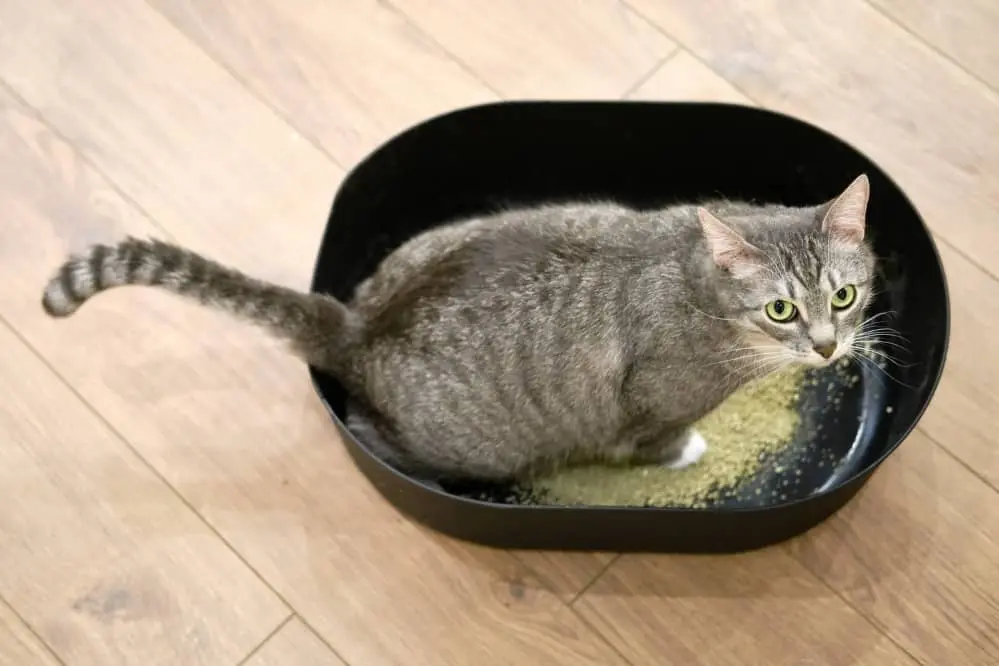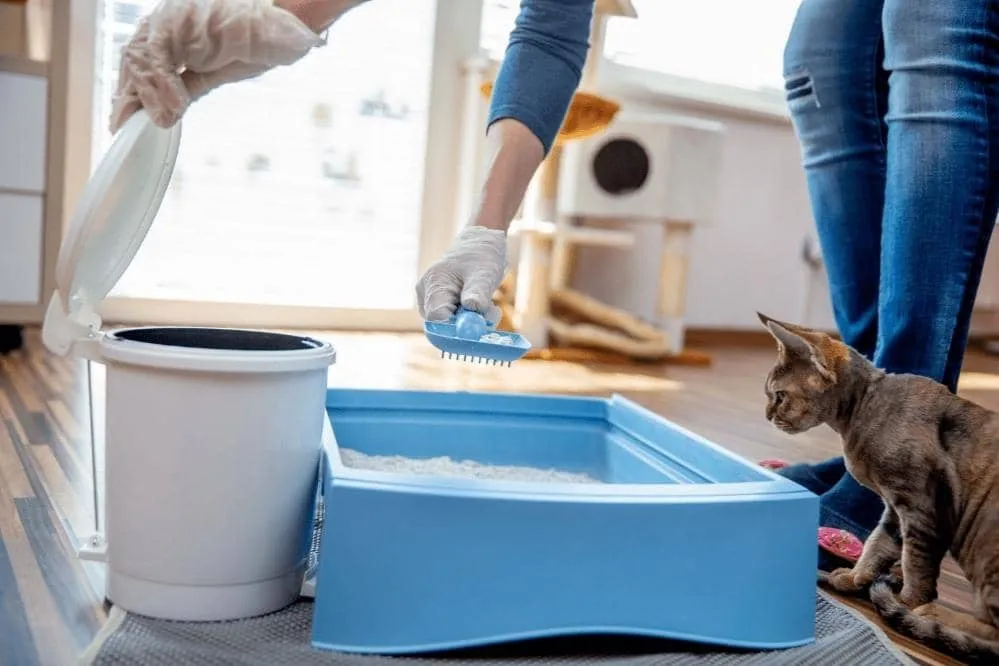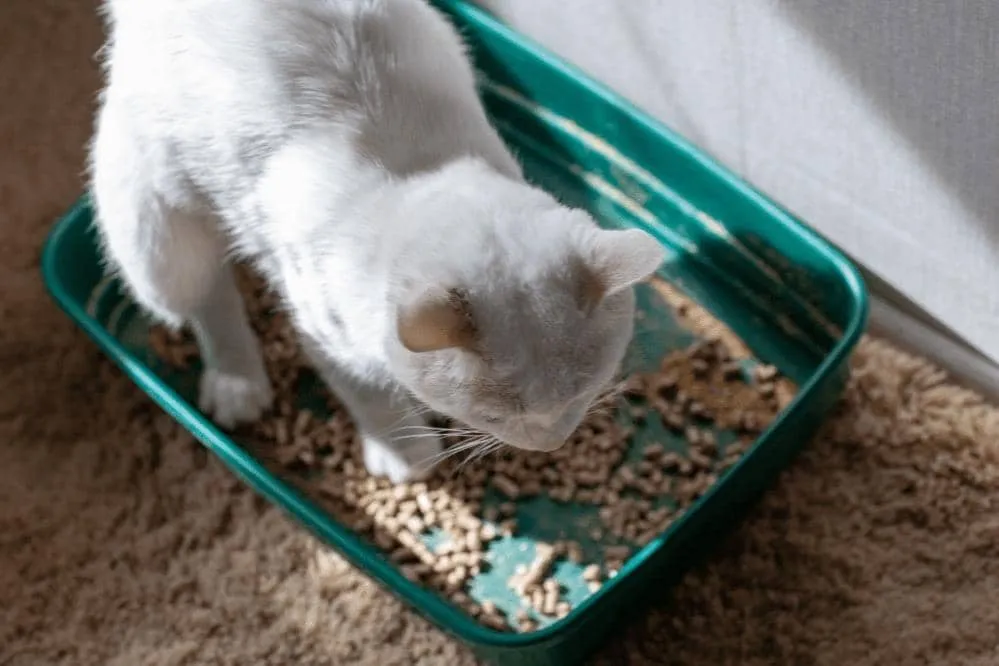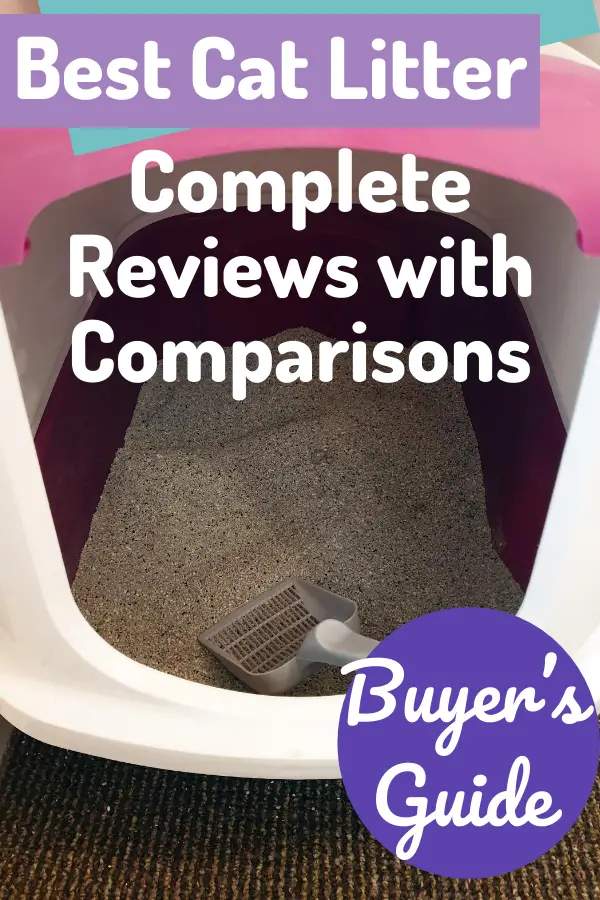What Can You Use If You Run Out of Cat Litter? 7 Alternatives to Commercial Cat Litter

When it comes to taking care of your cat, there are many things that you are going to need to make sure of. For instance, you are going to need to make sure that you have a steady supply of cat litter that you can use. Unlike dogs, which can be trained to relieve themselves outside, cats must relieve themselves inside, and the best way for them to do this is through the use of a litter box. Whether you have ran out of cat litter or you are looking for a cat litter substitute to use, there are quite a few options to consider when the question is what can I use instead of cat litter. Here are some alternative materials as well as some forms of DIY kitty litter to choose from.
1. Paper Litter
This is often considered the most popular substitute for cat litter if you are looking for an eco-friendly way to dispose of your cat’s droppings. This type of litter can be commercially bought and it is somewhat difficult to try and reproduce on your own, so this type of litter should not be considered as an emergency litter that you could make at home. Typically, this litter is made from all types of recycled papers from all types of different sources that have been compressed down into small enough pellets that your cat feels comfortable burying with. It is especially useful for cats that have recently come out of surgery, as it doesn’t contaminate stitches, and it does not produce any dust. The one problem with this is that this type of litter is not designed for clumping, so cleaning out the litter box can become a little bit of a hassle.
2. Wood Shavings
One of the best types of DIY cat litter that you can make for your cats in a pinch is wood shavings. Keep in mind that you are going to need some type of machinery that can create wood shavings out of blank planks (and you are going to need some planks to get the shavings from), but this type of litter is perfect for when you are out of litter and the litter boxes need to be refilled. The best part about this is after the litter has been soiled and needs to be disposed of, you can make sure to get rid of it in your garden, as it should be completely biodegradable. Just be mindful that you do not use wood shavings that are toxic to cats.
3. Sand Litter
Cats, especially feral cats that do not have a home, appreciate these kinds of natural litter materials. Sand is exactly the type of material that a cat in the wild would use for its natural litter box, making it a perfect kitty litter substitute to use at home. If you live in an area that has a considerable amount of sand that you could collect, this also means that it is an incredibly useful alternative, as you won’t even have to go to the store to get it. Sand is biodegradable, loved by cats, and it tends to be odorless. It does have a tendency to get a bit messy though, compared to other litters.
4. Grass Litter
This litter, while being one of the most expensive types of litter that you could purchase for your cat, is another type of litter that cats will naturally love, as it closely reflects the type of material that cats would use out in the wild. It is completely biodegradable, and if you are trying to socialize and/or rehome a stray or feral cat, this might be the best kind of litter to use to get it acclimated to using a litter box, since it is designed to replicate the feeling and smell of using grass in the wild. It does tend to be harder to clean up than other types of litter, but this is the price to pay for a litter most cats are guaranteed to love.
5. A Specialized Outdoor Segment
If you really want to go all-out on providing homemade kitty litter for your cats, you may want to appeal to your cat’s natural and innate inclinations and create an outdoor enclosure that your cat could use, just as it would if it lived entirely outdoors. This option is not really applicable to areas that do not have this option (such as an apartment) or to people who keep their cats exclusively indoors. However, if you have the time and resources to create a natural garden that your cat can relieve itself in, you won’t ever have to bother with maintenance, and once the enclosure has been created, you won’t have to spend any more money on it, making it a one-time investment rather than the continuous investment of purchasing litter.
6. Puppy Pads
While these are designed to be more appealing to dogs, they can absolutely work for cats in the case of a litter-less emergency, especially if you have leftover puppy pads from owning a dog. Using these pads with cats is much the same as using them with dogs, though you may have to adjust the placement of them to be more appealing to a cat’s preferences. These are also good alternatives to sickly or elderly cats, as it does not involve the movement of needing to climb inside a litter box. The problem with these is that, comparatively between the cost of purchasing these as litter replacements and purchasing litter, these tend to be much more expensive.
7. Cat Diapers
These are often used for cats that have paralysis or incontinence problems, especially elderly cats, but there is nothing stopping you from using them for a cat that does not have access to a useable litter box for whatever reason. The problem with these is that most cats do not actually like the way that diapers feel on them, and because they are cats, they will not be able to understand that the diapers are for their own good. It may take some wrestling and patience with your cat to get it to tolerate the diapers. Depending on the type of diaper you get, they can be reusable or they can be disposable, allowing you to save money on future investments for long-term use, or using them as-needed while you get the litter box situation under control.



